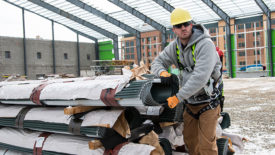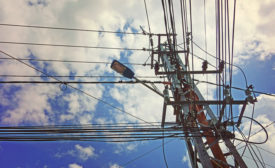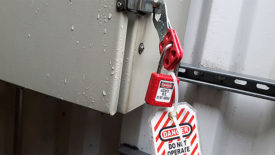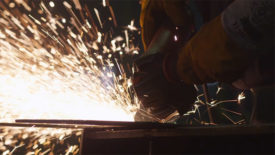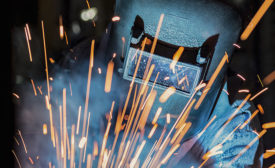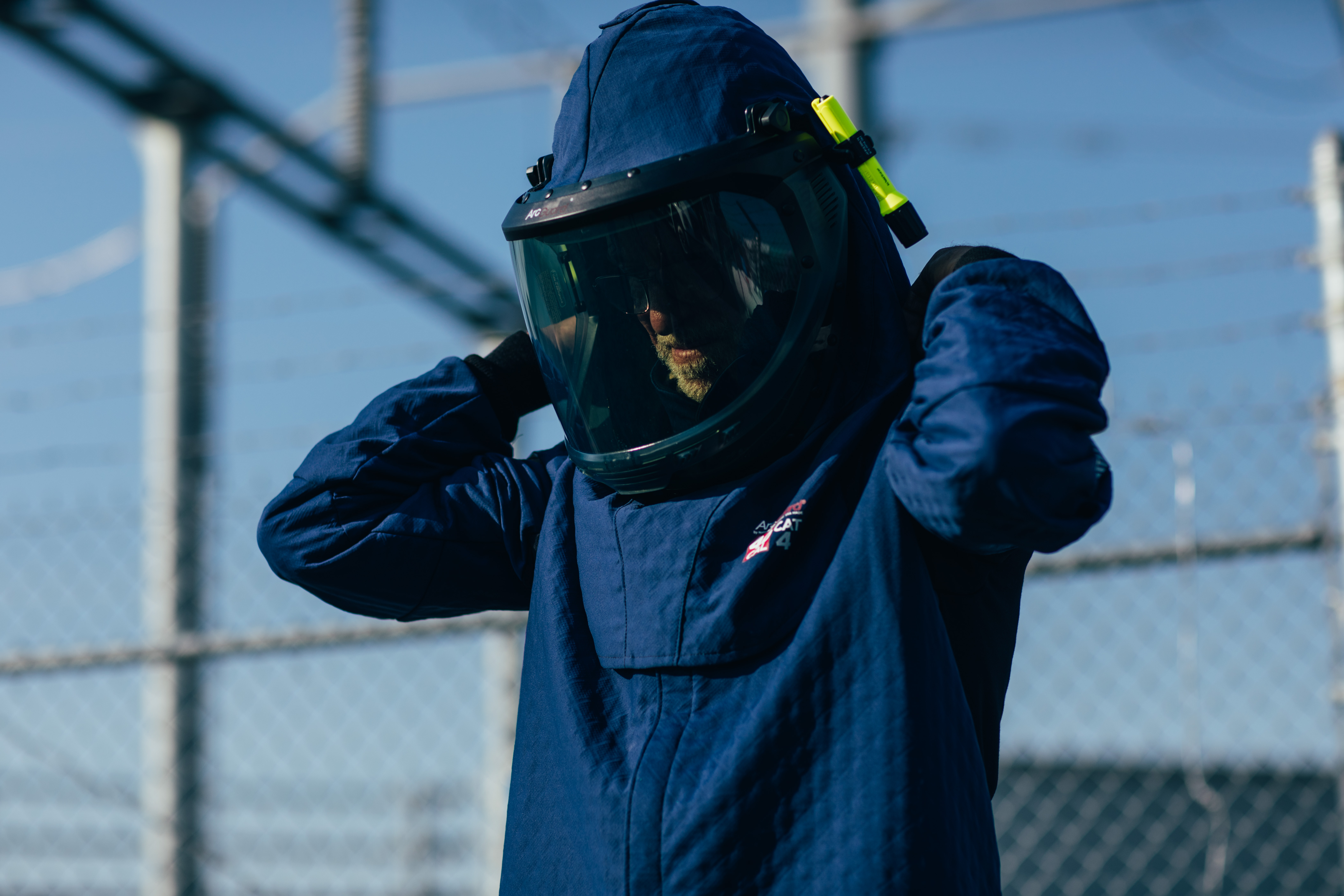Home » Keywords: » electrical safety
Items Tagged with 'electrical safety'
ARTICLES
8 steps to a lockout-tagout procedure
A guide to reducing accidents and eliminating hazards
March 20, 2023
Mitigate electrical safety risk
Q&A with arc flash expert discusses how assessments can help
November 16, 2022
EVENTS
Get our new eMagazine delivered to your inbox every month.
Stay in the know on the latest safety trends.
SUBSCRIBE TODAYCopyright ©2024. All Rights Reserved BNP Media.
Design, CMS, Hosting & Web Development :: ePublishing



